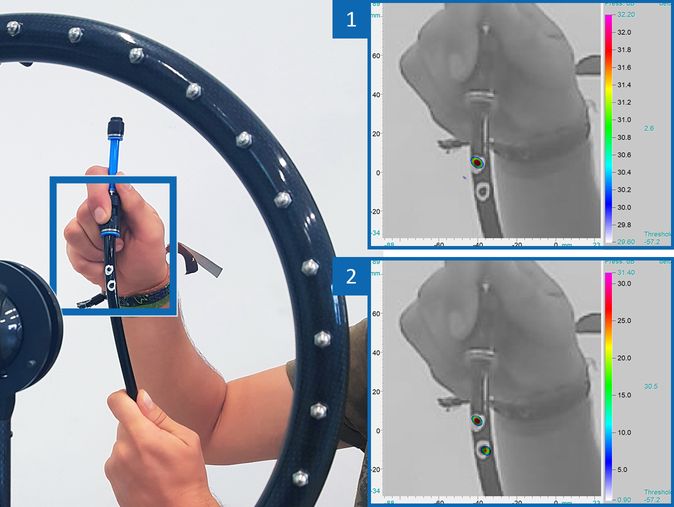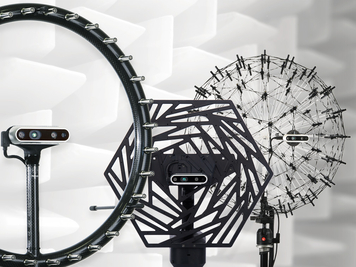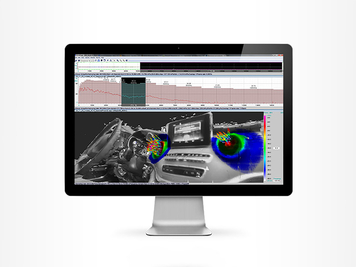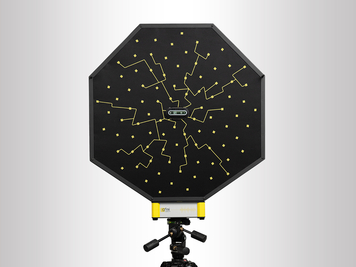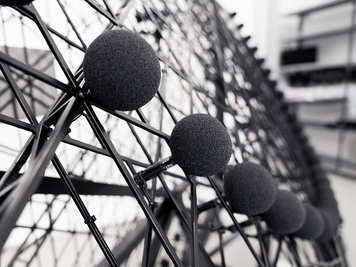The coloured areas (picture 1 and 2) show the loudest sound sources. Further parameters can be seen in the lower part of the window. There you can see that we have analyzed about 0.2 s of the signal and visualized it with frequency domain beamforming to the loudest sources between about 47.7 kHz - 50 kHz. Although our system was mainly designed for the human auditory range, we can also locate emissions in the ultrasonic range. Since the spatial resolution of the system also depends on the frequency to be located and its wavelength, we decided on this rather high range.
The focus (i.e. measuring distance) is 0.42 m. In the first measurement (1), the upper puncture hole was found, but the second one below was covered by it, because it was quieter. A simple localization of leaks is therefore possible with our systems without any problems and great effort. However, if we want to find both leaks, we have to analyze them a bit more elaborately. That's why we use our Advanced Algorithms in NoiseImage for exactly the same measurement. By using the CLEAN-SC algorithm, we were able to localize the two puncture holes (2) simultaneously.

